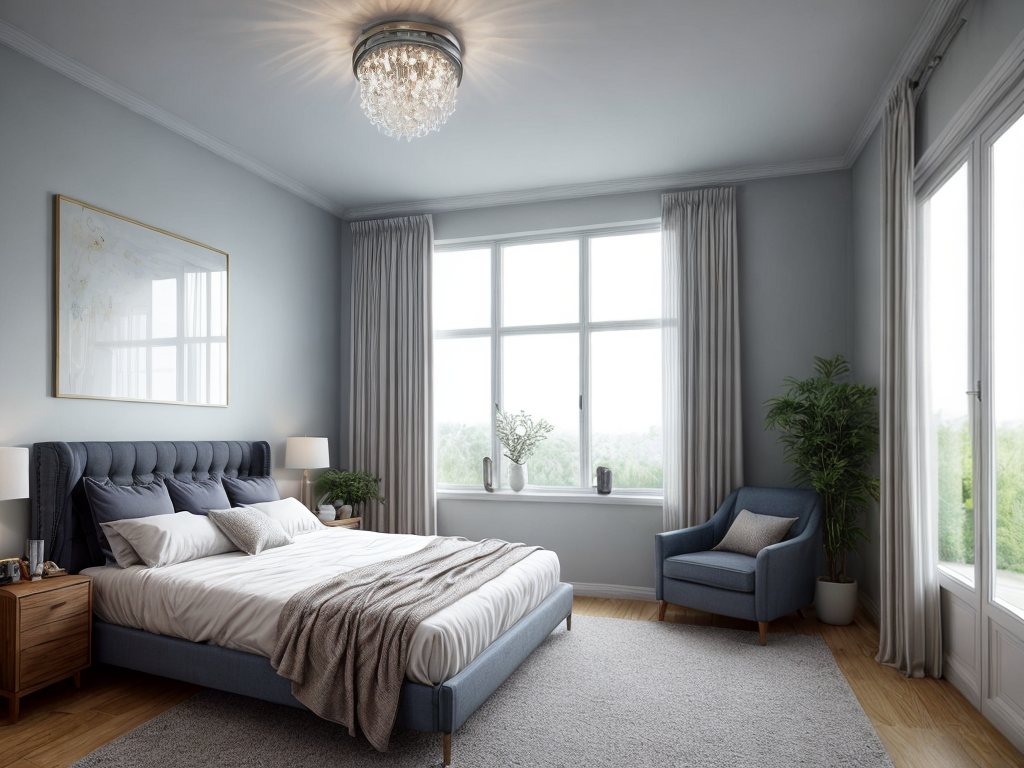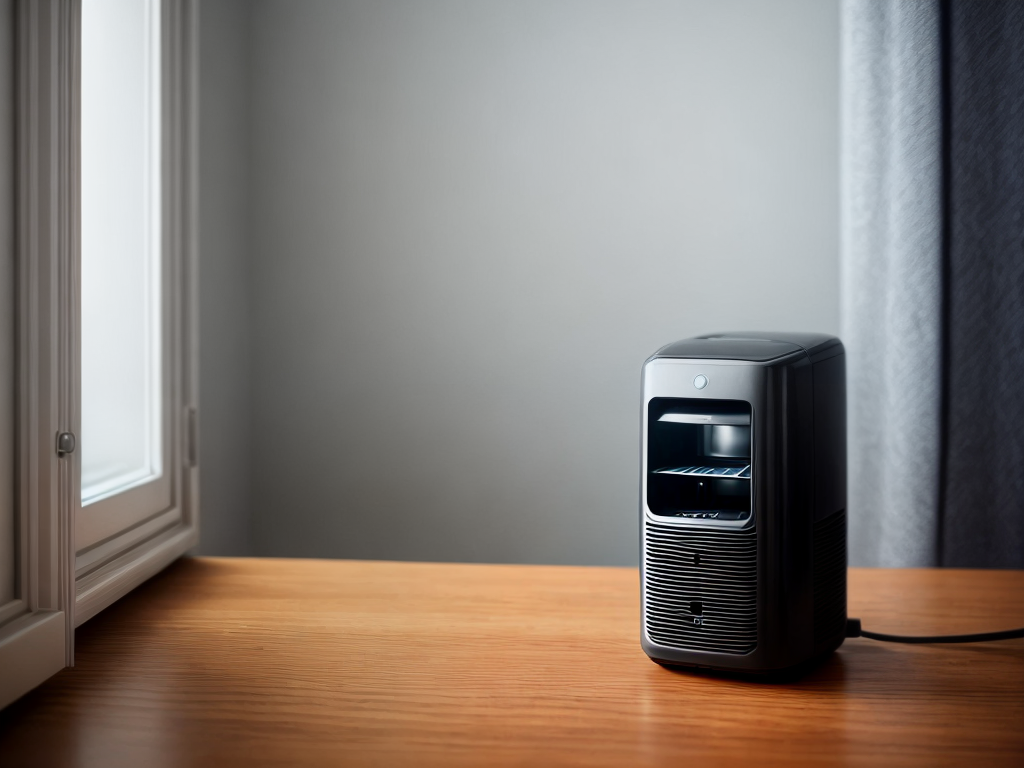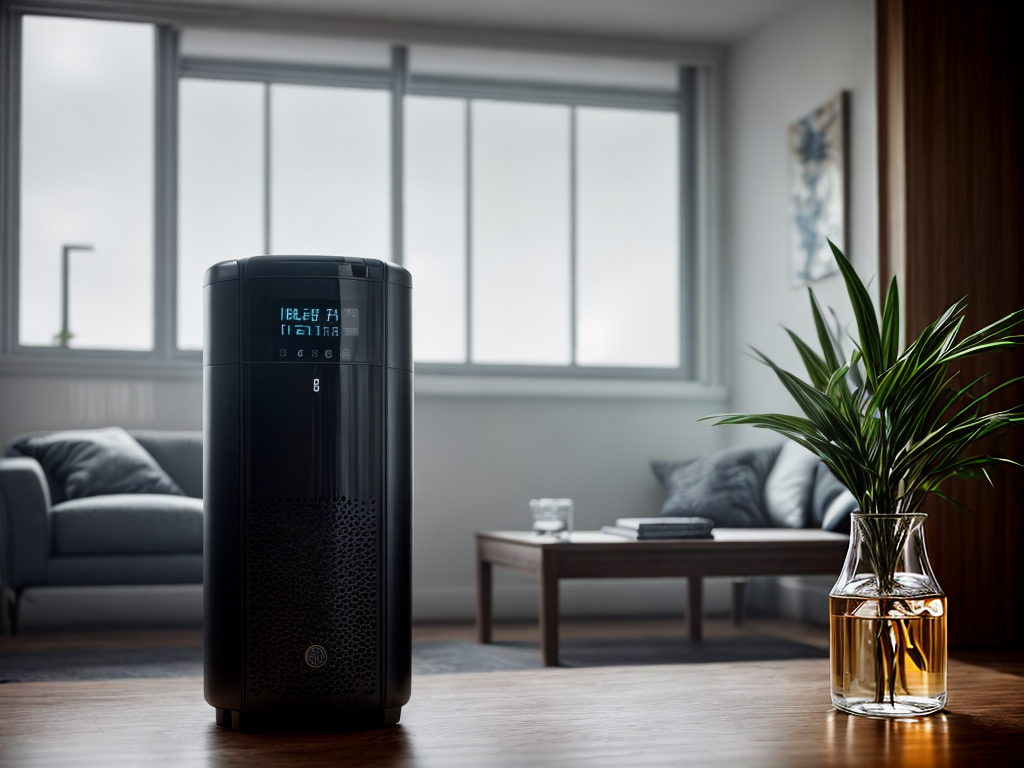
Did you know that over 50 million Americans suffer from allergies each year? It’s a staggering number and one that continues to rise. As someone who has personally dealt with the frustrating symptoms of allergies, I understand the importance of finding effective solutions. That’s why I want to discuss how dehumidifiers can play a crucial role in combatting allergies. But before we dive into that, let’s first explore the fascinating link between humidity and allergies.
Understanding the Role of Humidity
Understanding the role of humidity is crucial when it comes to managing allergies. Humidity levels can greatly impact respiratory health and the overall quality of indoor air. High humidity levels create an environment that is ideal for the growth of mold, dust mites, and other allergens. These allergens can trigger allergic reactions and worsen respiratory conditions such as asthma. On the other hand, low humidity levels can cause dryness in the airways, leading to irritation and discomfort. Maintaining the right humidity level is key to ensuring a healthy indoor environment.
Excessive humidity promotes the growth of mold and dust mites, which are common allergens. These microscopic organisms thrive in damp conditions, releasing spores and allergenic particles into the air. Breathing in these particles can trigger allergy symptoms such as sneezing, coughing, and congestion. Additionally, high humidity levels can lead to increased indoor humidity, creating a breeding ground for bacteria and viruses. These pathogens can further compromise respiratory health and increase the risk of infections.
On the other hand, low humidity levels can also have adverse effects on respiratory health. Dry air can cause irritation and inflammation in the airways, making it difficult to breathe. It can also cause dryness in the nasal passages, leading to a stuffy or runny nose. For individuals with allergies or asthma, these symptoms can be particularly troublesome.
To maintain optimal indoor air quality and manage allergies effectively, it is important to keep humidity levels in check. Using a dehumidifier can help remove excess moisture from the air, reducing the growth of allergens and creating a more comfortable environment. By controlling humidity levels, individuals can take proactive steps toward managing their allergies and improving their respiratory health.
The Link Between Humidity and Allergies
I’ve always wondered why my allergies seem to act up more on humid days. As it turns out, there is a strong link between humidity and allergy symptoms. High humidity can create the perfect breeding ground for allergens like dust mites and mold, which can trigger allergic reactions. Lowering the humidity with a dehumidifier can help alleviate these symptoms and provide relief.
Humidity and Allergy Symptoms
High humidity levels can exacerbate allergy symptoms, making it important to understand the link between humidity and allergies. When indoor humidity levels are too high, it creates an ideal environment for allergens such as dust mites, mold, and mildew to thrive. These allergens can trigger allergic reactions, causing symptoms like sneezing, coughing, wheezing, and itchy eyes. By managing humidity levels, you can improve indoor air quality and reduce allergy symptoms. One effective way to control humidity is by using a dehumidifier. Dehumidifiers work by removing excess moisture from the air, creating a drier environment that is less favorable for allergens to grow. By investing in a dehumidifier and maintaining optimal humidity levels, you can take control of your indoor air quality and alleviate allergy symptoms.
Benefits of Lower Humidity
Lower humidity levels have been shown to provide numerous benefits in reducing allergy symptoms and improving indoor air quality. Maintaining lower humidity in your home can help control allergens such as dust mites, mold, and mildew, which thrive in damp environments. By keeping the humidity levels below 50%, you can effectively inhibit the growth of these allergens and create a healthier living space. Lower humidity also helps to prevent the spread of airborne allergens, as they are less likely to become airborne when the air is drier. Additionally, lower humidity can improve indoor air quality by reducing the concentration of volatile organic compounds (VOCs), which can be emitted from various household products and contribute to respiratory issues. By investing in a dehumidifier, you can maintain lower humidity levels and enjoy the benefits of improved indoor air quality.
How Dehumidifiers Reduce Allergens
I want to discuss how dehumidifiers can reduce allergens in our homes. By controlling the humidity levels, dehumidifiers can inhibit the growth of mold, dust mites, and other allergens that thrive in moist environments. This can help alleviate symptoms for allergy sufferers and improve overall indoor air quality.
Allergen Reduction Mechanisms
Dehumidifiers actively remove excess moisture from the air, which helps reduce allergens in indoor environments. By controlling the humidity levels, dehumidifiers create an unfavorable environment for allergens to thrive. Here are some mechanisms by which dehumidifiers accomplish allergen reduction:
- Prevention of Dust Mites: Dust mites are one of the most common allergens found in homes. Dehumidifiers lower the humidity levels, making it difficult for dust mites to survive and reproduce.
- Mold and Mildew Prevention: High humidity levels promote the growth of mold and mildew, which can trigger allergies. Dehumidifiers prevent the excess moisture that allows mold and mildew to flourish, helping to reduce allergens in the air.
- Air Filtration: Some dehumidifiers are equipped with air purifiers that can capture and remove allergens such as pollen, pet dander, and dust particles from the air, improving indoor air quality.
- Reduced Condensation: Dehumidifiers reduce condensation on surfaces, preventing the accumulation of moisture that can lead to the growth of allergens.
Health Benefits of Dehumidifiers
Using a dehumidifier has proven to be highly effective in reducing allergens and improving indoor air quality. By controlling the moisture levels in the air, dehumidifiers help to create an environment that is less conducive to the growth of allergens such as mold, dust mites, and mildew. This can significantly reduce health risks associated with allergies, including respiratory issues, skin irritations, and allergic reactions.
One of the key health benefits of dehumidifiers is their ability to prevent the growth of mold. Mold thrives in damp and humid environments, and exposure to mold can have serious health consequences, especially for those with respiratory conditions or weakened immune systems. By maintaining optimal humidity levels, dehumidifiers help to inhibit mold growth and prevent its spread throughout the home.
In addition to mold prevention, dehumidifiers also reduce the presence of other allergens such as dust mites and mildew. These microscopic pests thrive in humid environments and can trigger allergic reactions and asthma attacks. By keeping humidity levels in check, dehumidifiers create an inhospitable environment for these allergens, improving indoor air quality and reducing the risk of allergen-related health issues.
To further illustrate the health benefits of dehumidifiers, the table below highlights key allergens and their associated health risks, as well as the role of dehumidifiers in reducing these risks:
| Allergen | Health Risks | Role of Dehumidifiers |
|---|---|---|
| Mold | Respiratory issues, allergies | Inhibit mold growth, prevent spread |
| Dust mites | Allergic reactions, asthma | Create an inhospitable environment, reduce dust mite populations |
| Mildew | Respiratory issues, allergies | Inhibit mildew growth, improve indoor air quality |
Choosing the Right Dehumidifier for Your Home
Choosing the right dehumidifier for your home can greatly alleviate allergy symptoms. When selecting dehumidifiers, there are several features to consider:
- Capacity: Look for a dehumidifier that matches the size of your space. It is too small, and it won’t effectively remove excess moisture. Too large, and it may consume unnecessary energy.
- Humidity Control: Opt for a dehumidifier with adjustable humidity settings. This allows you to maintain the desired humidity level in your home, providing you with greater control over allergens.
- Filtration System: Consider a dehumidifier with a built-in air filtration system. This feature helps capture and remove allergens such as dust, mold spores, and pet dander, further improving indoor air quality.
- Noise Level: If noise is a concern, look for a dehumidifier with a low noise output. This ensures that you can run the unit continuously without disturbing your daily activities.
Placement and Maintenance Tips for Dehumidifiers
To ensure optimal performance and longevity of your dehumidifier, it is important to properly place and maintain the device. When it comes to placement, it is crucial to position the dehumidifier in an area where it can effectively reach the entire room. Ideally, it should be placed in the center of the room, away from walls or furniture that may obstruct airflow. Avoid placing it near sources of heat or cold, such as radiators or air conditioners, as this can affect its efficiency.
Additionally, regular maintenance is essential to keep your dehumidifier running smoothly. One important maintenance recommendation is to clean the filter regularly. Dust and debris can accumulate on the filter, reducing its effectiveness. Follow the manufacturer’s instructions for cleaning or replacing the filter to ensure proper functioning.
Furthermore, emptying the water tank regularly is crucial to prevent overflow. Most dehumidifiers have an indicator that alerts you when the tank is full. Make it a part of your routine to check and empty the tank as needed.
Lastly, it is recommended to clean the exterior of the dehumidifier periodically. Dust and dirt can accumulate on the surface, affecting its appearance and potentially hindering its performance.
Other Ways to Reduce Allergens in Your Home
Maintaining a clean and allergen-free home goes beyond using a dehumidifier; there are additional measures that can be taken. Here are some other ways to reduce allergens in your home:
- Use natural remedies: Consider using natural remedies to reduce allergens in your home. For example, you can use essential oils like peppermint or eucalyptus to repel insects and mites that can trigger allergies. Additionally, regularly cleaning with a mixture of vinegar and water can help eliminate allergens and keep your home fresh.
- Invest in air purifiers: Air purifiers can be a great addition to your home to reduce allergens. They work by filtering out particles such as dust, pollen, and pet dander from the air, helping to improve air quality. Look for air purifiers with HEPA filters, as they are highly effective in capturing even the smallest allergen particles.
- Keep your home clean: Regular cleaning is essential in reducing allergens. Vacuuming carpets and upholstery, dusting surfaces, and washing bedding frequently can help remove allergens from your home. Also, don’t forget to regularly clean pet bedding and bathe your pets to reduce dander.
- Maintain proper ventilation: Good ventilation is key in reducing allergens. Open windows to allow fresh air to circulate and help remove indoor pollutants. Additionally, consider using exhaust fans in kitchens and bathrooms to minimize moisture, which can create an environment for mold and mildew to thrive.
The Benefits of Using Dehumidifiers for Allergy Relief
Using a dehumidifier can provide significant relief for allergy sufferers. Controlling humidity levels in your home is crucial for maintaining good indoor air quality and reducing allergens. High humidity creates the perfect breeding ground for mold, dust mites, and other allergens that can trigger respiratory allergies. By using a dehumidifier, you can effectively reduce the moisture in the air, inhibiting the growth of these allergens and creating a more comfortable living environment.
One of the key benefits of using a dehumidifier is its ability to control humidity levels. Maintaining an optimal humidity level between 30% and 50% can help prevent the growth of mold and dust mites, which thrive in damp environments. By keeping the air dry, you can reduce the presence of these allergens and alleviate allergy symptoms.
In addition to controlling humidity, dehumidifiers also improve indoor air quality. They work by removing excess moisture from the air, capturing allergens like dust, mold spores, and pet dander in their filters. This prevents these particles from circulating in the air and being inhaled, thus reducing the risk of allergic reactions.
Furthermore, dehumidifiers help create a more comfortable living space. Excessive humidity can make the air feel heavy and muggy, leading to discomfort and difficulty breathing. By maintaining optimal humidity levels, dehumidifiers can enhance overall comfort, allowing allergy sufferers to breathe easier and experience fewer symptoms.








